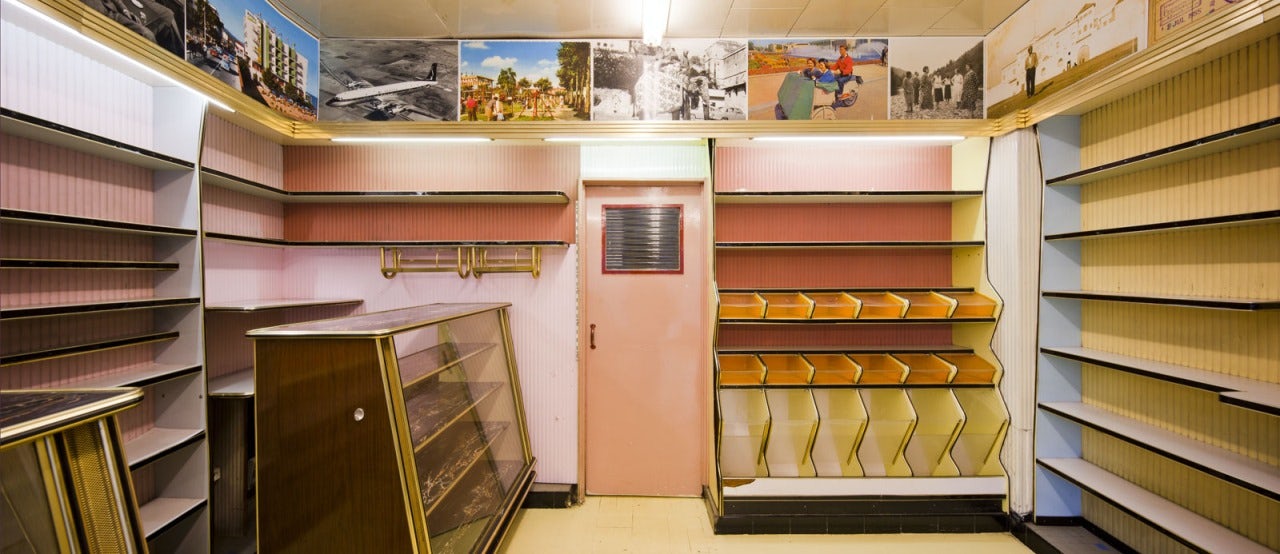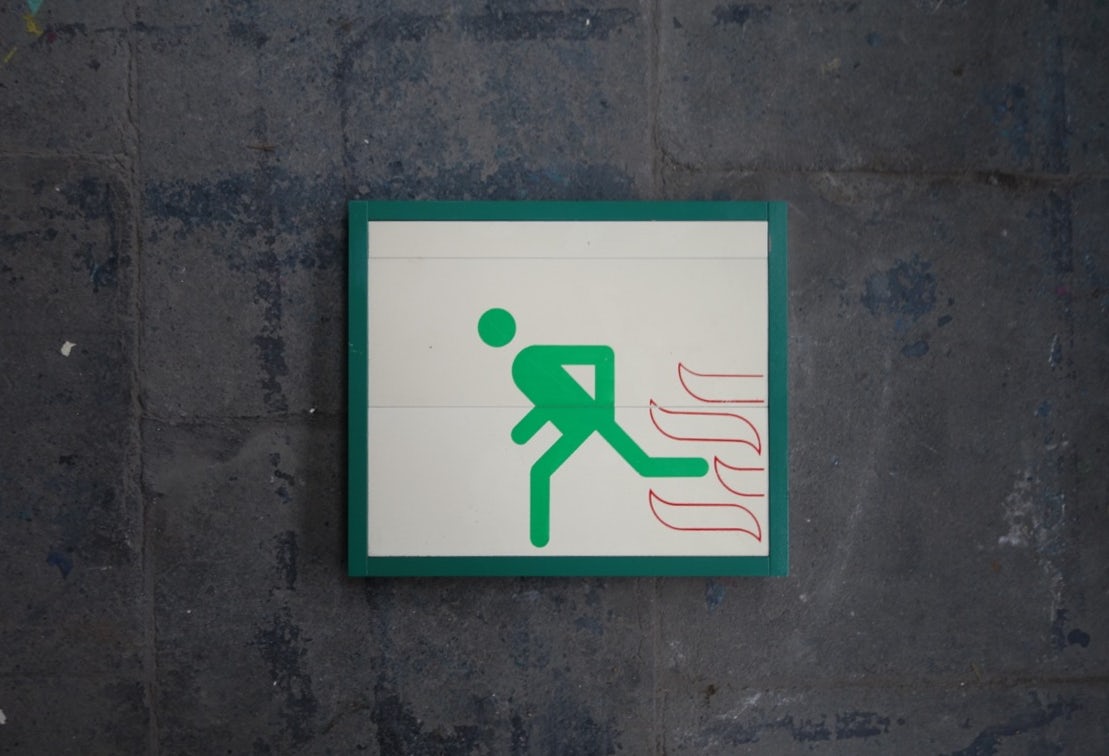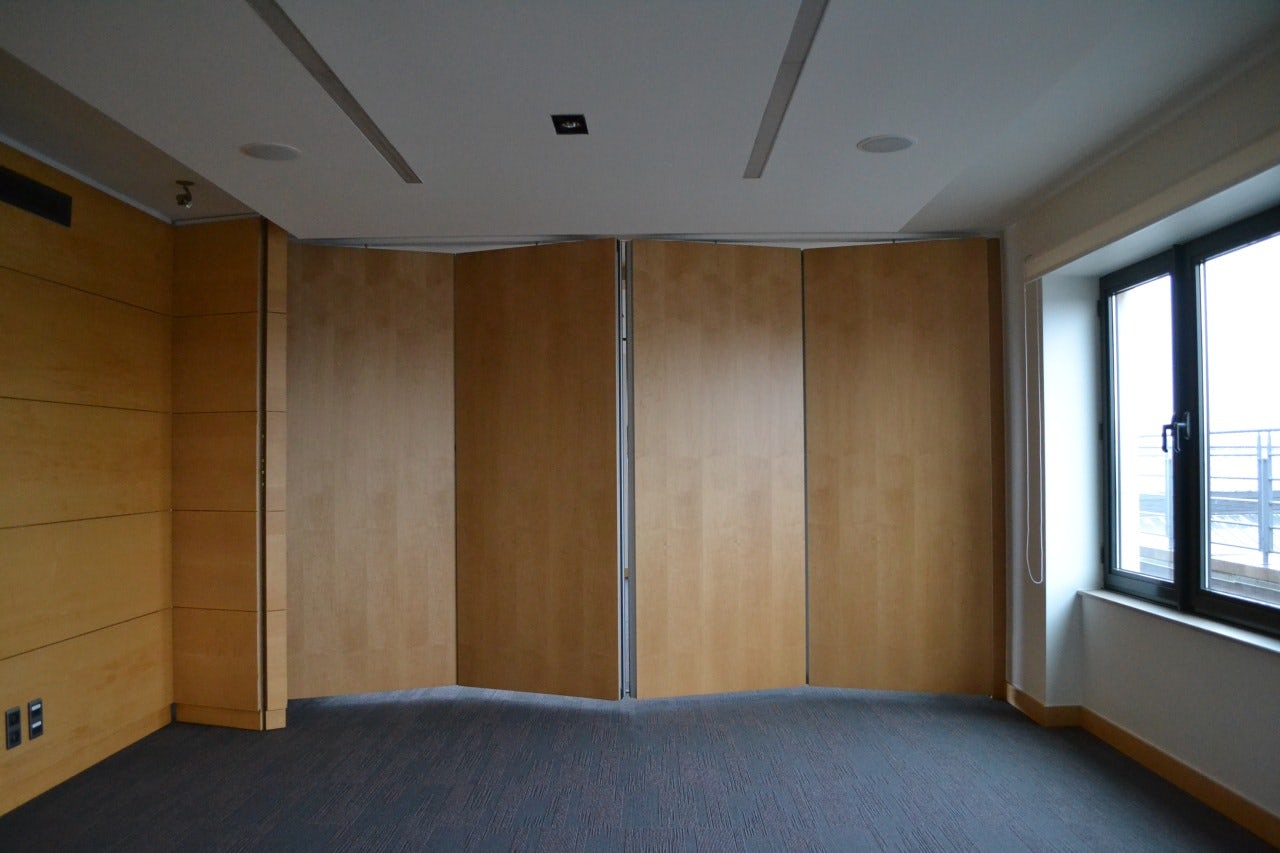Sometimes a company comes along that does something so well that it can only be categorized as “next level” — there is no other way to put it. Case in point: Rotor Deconstruction takes architectural salvage as far as it can possibly go, and they do it exquisitely.
Reclamation is important for several reasons. First, it makes economic sense. Why buy new when something just as good might be available used — even if its something as heavily used as a staircase? Secondly, the historical and cultural value of artifacts preserves the heritage and memory of the past, integrated and given new life in contemporary terms (buildings). And of course it makes environmental sense: Throwing old stuff away not only creates waste, but it also requires new resources to be extracted to replace what didn’t need to be replaced.
Rotor understands this, and they have the inside track to some of the finest bits and pieces of Belgian modernism, ready to buy on their website. This includes everything from light fixtures to whole glass façades that can be purchased by the panel. There is even an entire candy shop interior, complete with windows and a sweet (hoho) mid-century display case. The space was a storefront in Antwerp, designed in 1962. For €20,000, you can have the counters, the shelves, the lamps — everything.


All images courtesy Rotor Deconstruction
Rotor also deals in more raw materials. For only €30 per ton, you can get Belgian blue limestone to do with what you please. The catch is that there is a minimum order of 15 tons, and it can only be delivered to the Brussels area. It is rare that something can only be shipped locally, but this is it.

Blue Limestone.


If you need signage, they have you covered: these are lacquered and made in 1973, and are salvaged from Generale de Banque, by Jules Wabbes. The bathroom ones come in a variety of color combinations. Rotor offers a wide selection of salvage from the bank, including the elegant grand central stair, made of wenge wood, granite, bronze, and steel.
If you are in the market for a façade, there is one salvaged from the Astro Tower by Albert de Doncker. The glass was manufactured in 1976 by Glaverbel and the panels come in two sizes, the smaller costing €350 and the larger €800. One of the more unusual items is a movable wall made of ash veneer, which, in the right context, could be quite an addition to a room.


Of course, Rotor’s services are (not unexpectedly) limited to the greater Brussels region — but who knows, maybe one day we’ll be recycling concrete and hardwood along with paper, plastic, glass, and aluminum.



